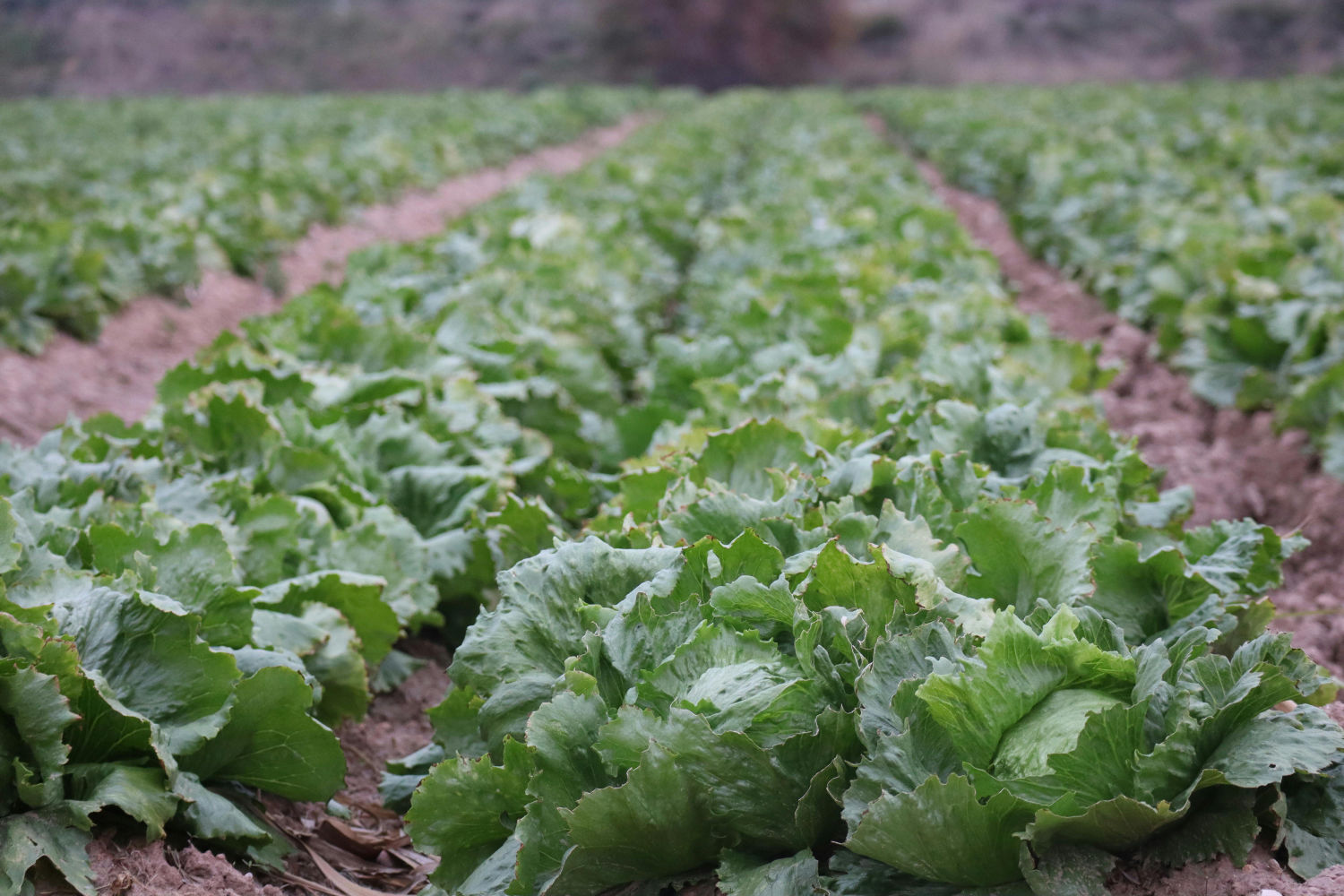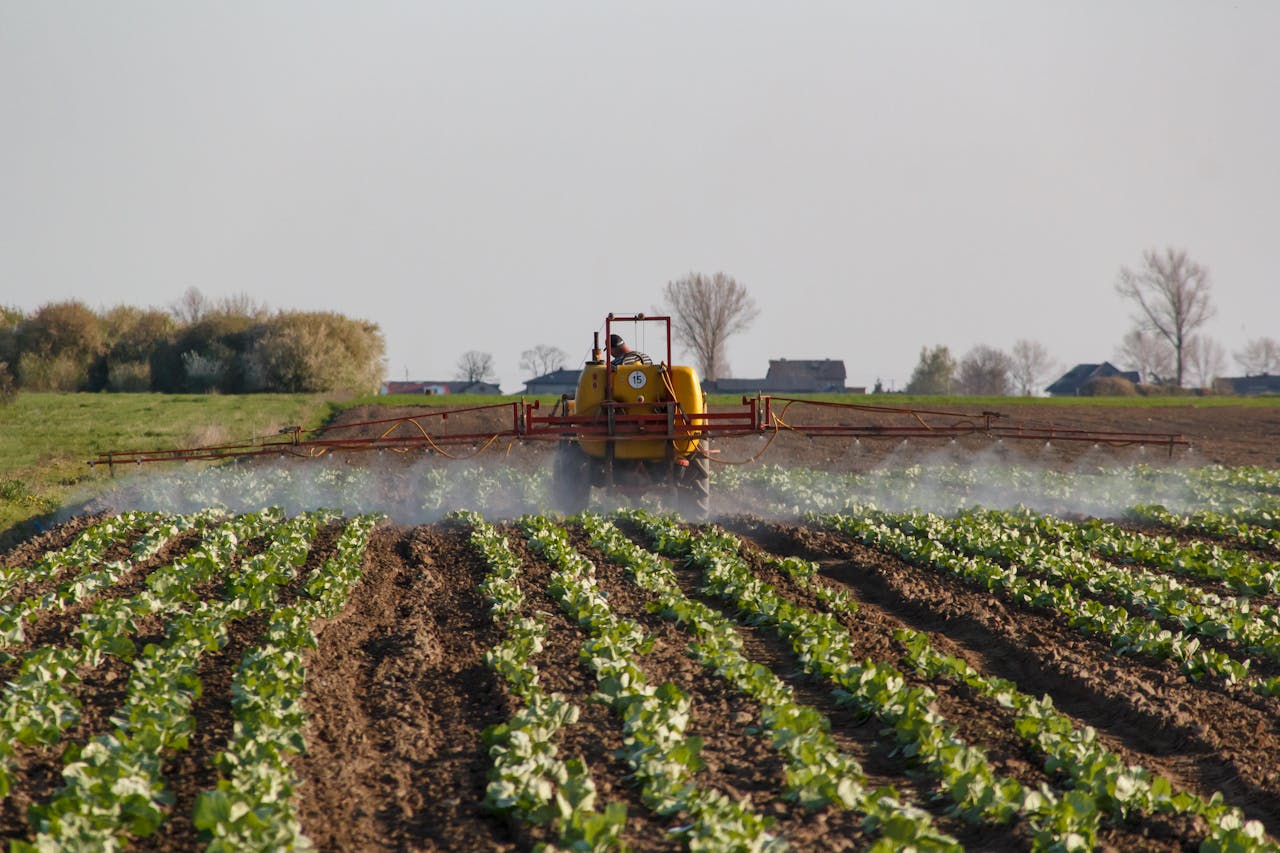Lettuce fertilizer requirements can be calculated if you know your soil type and have a good idea of the yield potential of your land and climate. So these tables are not really suitable if you have no experience in lettuce or you have not done a soil analysis. These are basic norms and your specific [...]
Foliar feeding is not new, farmers use this method since the early 50's on large scale to alleviate iron, copper, zinc and manganese deficienciesH. J. MederskiGarth W. Volk. 1 January 1956. Ohio Agricultural Experiment Station . The question is, is it worth applying for small scale farmers. There are pro's and con's in foliar feeding [...]
The fraction of organic phosphorus that is available for plants is very small and not enough for the plant to grow properly. Compared to nitrogen (N), carbon (C) and sulphur (S) which is part derived from the atmosphere. All organic P comes from available inorganic P in the soil. So it seems that added organic [...]
Butternut (Cucurbita moschata) fertilizer requirements can be calculated if you know your soil type and have a good idea of the yield potential of your land and climate. These are basic norms and your specific microclimate and variety can have an influence on the total amount applied. These norms do not take top dressings into [...]
Manure is the waste from animals. Farmer's source manure either from natural deposits or livestock farmers. The content of manure is highly variable, and each batch must be analyzed when used for nutrient analysis for crop growth. We recommend reading Natural fertilizers for vegetables with this article. Manure is different from compost. It cures and [...]
Natural fertilizers for vegetables usually refer to manure, compost and industrial waste products from animals. It consists of biodegradable material which is normally eco friendly. The process through which it is made is not necessarily eco friendly or sustainable. Each product has its advantages and disadvantages. The grower must evaluate and understand which natural fertilizer [...]
Beetroot fertilizer requirements can be calculated if you know your soil type and have a good idea of the yield potential of your land and climate. These are basic norms and your specific microclimate and variety can have an influence on the total amount applied. These norms do not take top dressings into account, only [...]
Calculating fertilizer requirements for a crop is quite often more of an art than exact science. The reason is that soil is a dynamic micro world on its own that changes continuously. It is full of microscopic living organisms such as bacteria, viruses and insects that feed on it and break complex compounds down on [...]
The nutrient uptake of vegetable crops are used to determine very rudimentary fertilizer recommendations if you have nothing else to go by. A lot of purists will be up and arms of these guideline tables, but none of them can come up with a simple method of determining fertilizer recommendations that an average non-scientific farmer [...]
Application
Bacterial blight
Calculations
Chemicals
Climate
Control
Cultivars
Cultivation
Fall Armyworm
Fertilization
Fungi
Harvesting
Herbicides
Irrigation
Management
Nutrient uptake
Nutrition
Organic
Pesticides
Pests
Planting
Products
Salt stress
Seedlings
Soil
Substitution
Varieties
Virusses
Weed control










